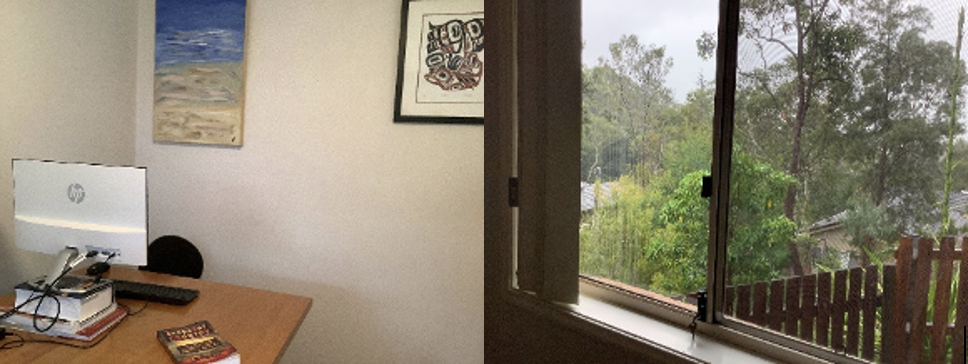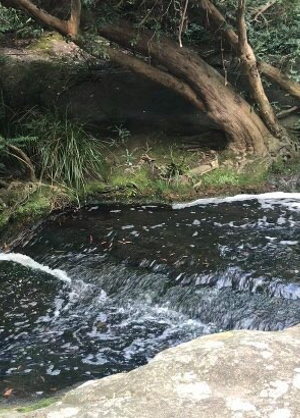Q&A with ‘2100 – a true story’ author Vivienne Reiner
Vivienne is currently studying a Masters of Sustainability at Sydney University, while also working as a media advisor for the university. She has previously worked in public relations for non-for-profit organisations such as Greenpeace and Landcare Australia, and was also a reporter and freelancer for The Australian, The Sydney Morning Herald, Green and G Magazine.
Her complementary pieces which open and close the anthology, ‘2100 – A True Story’ and ‘2100 – If We Never Have Paris’, imagines the future destruction of our country if we fail to make changes now to slow global warming. Based on science and the work of climate scientist Joelle Gergis’ book sunburnt country: the history and future of climate change in Australia, Vivienne offers a depiction of a dystopian Australia in the year 2100 in which temperatures reach unbearable levels, produce is exorbitantly expensive and often unavailable, and land faces mass erosion by rising sea levels.
For more about Vivienne, you can find her on Twitter: @Viv_Reiner and Research Gate: Vivienne_Reiner.
What are your stories about?
My work was inspired by a book by leading Australian climate scientist Joëlle Gergis, Sunburnt country: The history and future of climate change in Australia 2018), which includes numerous projections about Australia under 2⁰C warming – the uppermost temperature limit under the Paris Accord – and high-emissions scenarios where we are actually headed. Cutting through facts and figures we’re usually bombarded with, the stories walk readers through a day-in-the-life of 2100 to show what is expected – and it’s not just our Pacific neighbours who will be affected should we not strengthen our global ambition of net-zero emissions by 2050.
I am not a climate expert but could not have written this without learnings from the Master of Sustainability. My kids are the same age as Greta Thunberg and will be about 100 in 2100, which helped frame the story.
What book from your childhood has shaped you the most as a person or writer?
With parents in education and psychology, as a child I was read all the classics such as May Gibbs’s Snugglepot and Cuddlepie and Dr Suess (e.g. The cat in the hat). What I kept coming back to as an adult though, was Kahlil Gibran’s The Prophet.
What does your writing space look like?
My working space, in the dining room, and the room with a view that will become my study.

Why is climate change and the environment important to you?
For a long time I’ve been concerned about poverty/inequality and the environment but only recently realised the two are inexorably linked. Thinking about climate change is difficult but it also reminds me what a beautiful world we are living in now.
What did you learn while writing your piece?
Researching, writing and reflecting on these stories of low and high emissions in 2100, I realised research is painstaking but crucial – it was during this process that I really came to understand what it would be like living in a 2⁰C-warmed world and beyond.
Earth Cries is a climate change anthology dedicated to a world burning. Tackling all aspects of climate change, Earth Cries is bold in exploring the damage caused by the Black Summer bushfires and even in imagining cold futures drowning below the ever rising sea. Featuring a foreword by Dr Karl Kruszelnicki, Earth Cries is now available at sydneyuniversitypress.com.au.
 Previous Post
Previous Post